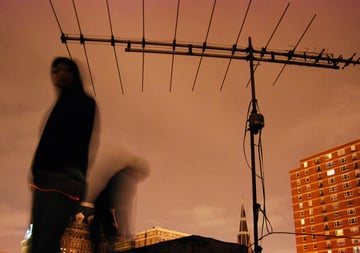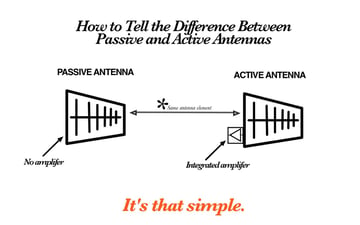
All across America, clusters of blinking radio towers blight the horizons of cities both large and small. These are antenna farms. As ugly as they are, they’re a necessary component of cell and telecom infrastructure. Most antenna farms are massive ordeals, and include RF transmitters powerful enough to pose a real threat to human health. But we happen to know live audio pros sometimes tend small crops of antennas themselves, often behind a multi-unit wireless microphone rack with all the original whips.
Packing a large number of omnidirectional antennas into a small space increases the likelihood of certain interference problems, especially intermodulation distortion. And ironically, the standard location for antenna inputs are the absolute worst place to put an antenna. With antennas plugged in behind the units, the signal clumsily passes through the entire rack before heading out toward the stage.
Solutions are pleasantly simple. If you’re growing an antenna farm, seriously consider feeding a single directional antenna into all your inputs using a distribution box. In situations where large groups of antennas are unavoidable, directional antennas offer a strong advantage over whips.
Alex Milne
Alex Milne was Product Marketing Manager and Digital Marketing Manager for RF Venue, and a writer for the RF Venue Blog, from 2014-2017. He is founder and CEO of Terraband, Inc., a networking and ICT infrastructure company based in Brooklyn, NY., and blogs on spectrum management, and other topics where technology,...
More from the blog

The Tradeoff: Higher Gain Antenna, Narrower Beam-Width

Understanding the Difference, and Debunking the Myths, Between Active and Passive Antennas

How Location Sound Operators Can Improve Wireless Microphone Reception with Directional Antennas
Subscribe to email updates
Stay up-to-date on what's happening at this blog and get additional content about the benefits of subscribing.

